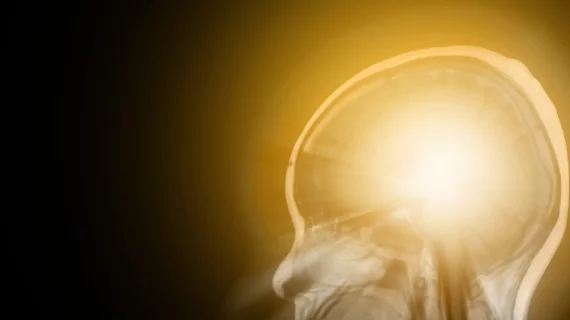MRI reveals brain tumors are 3 times more likely to appear in children with neurofibromatosis
Brain MRIs of children diagnosed with the common genetic syndrome neurofibromatosis type 1 (NF1) displayed an underestimated frequency of brain tumors according to research published July 11 in Neurology, Clinical Practice.
Neurologists estimate that the only 15 to 20 percent of pediatric patients with NFI brain tumors located within the optic nerve or the brainstem. NFI itself affects about one in every 3,000 people, causing bone deformities, learning deficits, autism and cancer.
However, the study, conducted on children with NF1 at Washington University School of Medicine in St. Louis, found that the frequency of brain tumors was three times higher than scientists had originally thought.
“I am not advocating the frequent use of MRI scans in kids with NF1,” said lead author David Gutmann, MD, PhD, a professor of neurology and director of Washington University’s Neurofibromatosis Center, in a prepared statement. “What we have learned from this study is how to more accurately interpret MRI scans in children with NF1 and to better decide which abnormalities are most likely tumors in need of medical surveillance.”
NF1 is characterized by birthmarks and benign nerve tumors that develop on a child’s skin. Abnormalities that show up as bright spots on these patients MRI scans, however, have never been addressed with diagnostic certainty, according to the researchers.
The researchers developed a specific set of criteria to differentiate tumors from other bright spots by using the location and shape of the spot, the sharpness of its border and whether the surrounding brain tissue appeared to be displaced or deformed. The researchers analyzed 190 MRI from children with NF1 and 104 scans from children without NF1 performed at the university's medical school from 2006 through 2016.
Some 94 percent of the children with Nf1 had bright spots appear on their MRI scans, according to the researchers, and 57 percent of these children had at least one spot deemed likely to be a tumor.
Additionally, 10 of these children who had probable tumors underwent brain biopsies that confirmed the bright spots on their MRIs to in fact be brain tumors, 28 percent of these which required future treatment, according to the researchers.

